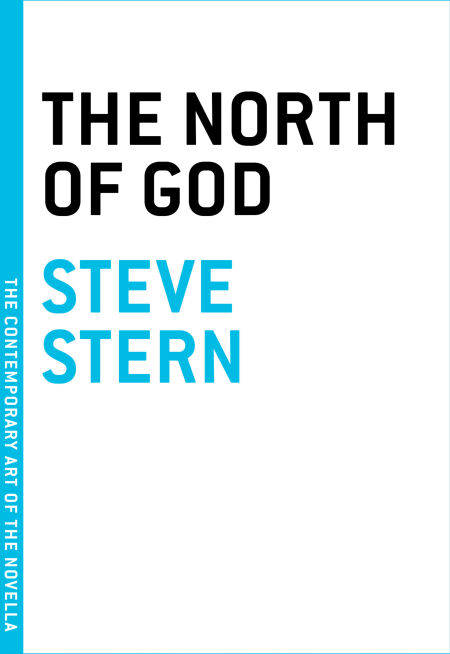
- Afhalen na 1 uur in een winkel met voorraad
- Gratis thuislevering in België vanaf € 30
- Ruim aanbod met 7 miljoen producten
- Afhalen na 1 uur in een winkel met voorraad
- Gratis thuislevering in België vanaf € 30
- Ruim aanbod met 7 miljoen producten
Zoeken
Omschrijving
Here in a place dedicated to the manufacture of fear—a place that one ghoul of a Rebbe declared was located to the North of God, where his jurisdicition no longer held sway—Velvl found himself developing a certain resistance.
Through numerous books and stories, Steve Stern has become known for his fantastical (and often wildly comic) stories based on yiddish folklore—Harold Bloom has called him "a throwback to the Yiddish sublime." But with this novella, Stern matches his reverential understanding of that ancient story-telling's power against something he's never written about before: the Holocaust.
The result is a mesmerizing tour-de-force: In a boxcar crammed with Jews headed to a concentration camp, one man attempts to summon up a story vital enough to displace the horror.
The story that comes out is ultimately a swirling, sweeping saga about the stirring obstinacy of the human spirit. And by confronting the ultimate horror with the mythology he has long celebrated, it may also be the crowning achievement of Stern's career.
The Contemporary Art of the Novella series is designed to highlight work by major authors from around the world. In most instances, as with Imre Kertész, it showcases work never before published; in others, books are reprised that should never have gone out of print. It is intended that the series feature many well-known authors and some exciting new discoveries. And as with the original series, The Art of the Novella, each book is a beautifully packaged and inexpensive volume meant to celebrate the form and its practitioners.
Through numerous books and stories, Steve Stern has become known for his fantastical (and often wildly comic) stories based on yiddish folklore—Harold Bloom has called him "a throwback to the Yiddish sublime." But with this novella, Stern matches his reverential understanding of that ancient story-telling's power against something he's never written about before: the Holocaust.
The result is a mesmerizing tour-de-force: In a boxcar crammed with Jews headed to a concentration camp, one man attempts to summon up a story vital enough to displace the horror.
The story that comes out is ultimately a swirling, sweeping saga about the stirring obstinacy of the human spirit. And by confronting the ultimate horror with the mythology he has long celebrated, it may also be the crowning achievement of Stern's career.
The Contemporary Art of the Novella series is designed to highlight work by major authors from around the world. In most instances, as with Imre Kertész, it showcases work never before published; in others, books are reprised that should never have gone out of print. It is intended that the series feature many well-known authors and some exciting new discoveries. And as with the original series, The Art of the Novella, each book is a beautifully packaged and inexpensive volume meant to celebrate the form and its practitioners.
Specificaties
Betrokkenen
- Auteur(s):
- Uitgeverij:
Inhoud
- Aantal bladzijden:
- 108
- Taal:
- Engels
Eigenschappen
- Productcode (EAN):
- 9781685892593
- Verschijningsdatum:
- 20/10/2025
- Uitvoering:
- E-book
- Beveiligd met:
- Adobe DRM
- Formaat:
- ePub

Alleen bij Standaard Boekhandel
+ 9 punten op je klantenkaart van Standaard Boekhandel
Beoordelingen
We publiceren alleen reviews die voldoen aan de voorwaarden voor reviews. Bekijk onze voorwaarden voor reviews.








